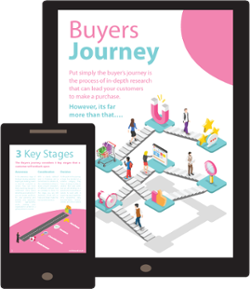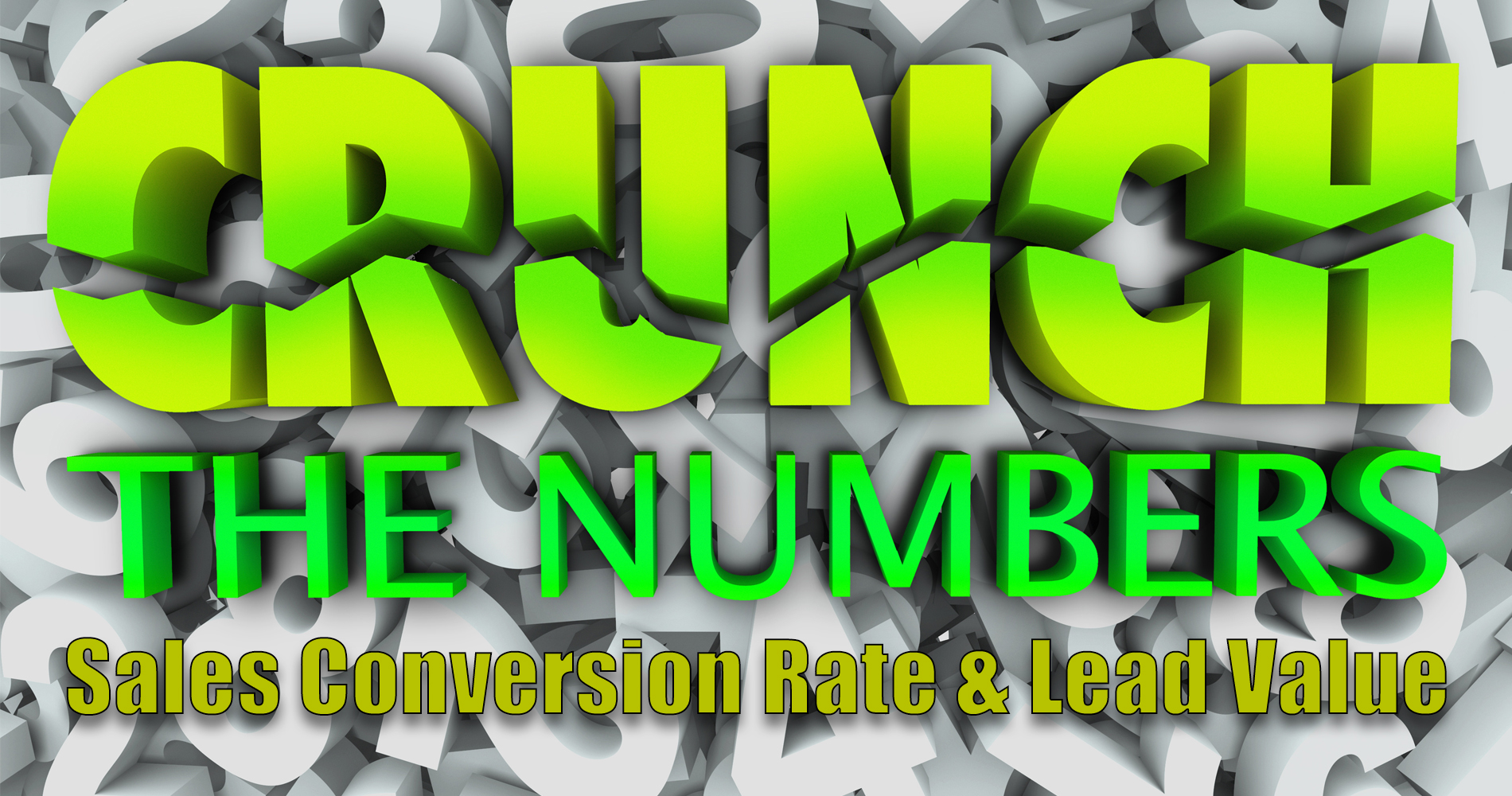The new era of marketing revolves around e-commerce and company websites. In today's cutthroat competitive digital market, businesses must attract quality leads and convert them into sales to remain on top of their game. The Sales conversion rate is a crucial part of optimising the growth of your business, regardless of the level of expertise of your associates. The Sales conversion rate can offer a valuable insight into the effectiveness of the company's website's design and its marketing campaigns. This ultimately helps marketers improve their websites' performance to attract more sales.
But how do you measure the sales conversion rate and figure out what a new lead is actually worth? The article gives you a complete insight into optimising your customer conversion rate and bringing the greatest return on investment (ROI) with the correct approach. So let's get going
By the end of this article, you will be able to:
- Calculate the conversion rate
- Get a better understanding of your lead value
- Your monthly lead requirement to stay afloat
- Determining your advertising budget
When you are running an online business and don't know how to calculate these metrics, you're just shooting in the dark. Perhaps you are throwing your money away without knowing where it goes, doing everything you can to improve sales without clearly seeing results. Without the proper knowledge, you will be wasting your time. But not anymore
Tracking is where it all begins...
Leads are key to your company's success, so you must keep track of the acquisition process. An effective lead tracking strategy allows marketing and sales teams to collaborate and work together to define a high-quality lead and measure the marketing impact on conversions. Tracking leads gives you a point of reference and helps you stay on top of things.
What are sales leads?
When it comes to sales, leads refer to contacts with potential customers, sometimes referred to as "prospects". The definition of lead might vary from organisation to organisation.
Consequently, some companies consider a "lead" to be an individual who, during the sale, is determined to be a prospective customer, while other companies consider all sales contacts to be leads. However, a lead is potentially the beginning of a client relationship, regardless of its definition. The responsibility, therefore, rests with the sales team to convert the most leads to maintain a high conversion rate.
Cold Leads:
A cold lead refers to an individual or company that has never engaged with you or expressed an interest in your services/products, or simply ignores your attempts to contact them. It takes longer and more effort to nurture cold leads into sales.
Warm Leads:
Warm leads are people who are interested in your services or products. Those prospects are more likely to become customers if they understand the products and services you offer. You must also nurture these prospects to ensure that they become customers.
Hot Leads:
A hot lead can also be considered a qualified lead in this context. As qualified leads, they can be more valuable to an organisation.
Now let's look at how conversions work
How Do Sales Conversions Work?
When a prospect responds to your CTA, it is a conversion. In other words, conversion is getting them to perform your desired action.
For example,
To convert an email recipient is to get them to open the email. Then you have another conversion when they click on the CTA link you provided inside your email
Filling out the form on your landing page to gain access to your content is a conversion and then the ultimate conversion is, of course, buying your product.
Sales Conversion for consumer marketers is rather straightforward and fast. Suppose someone scans a QR code and gets a coupon (that's conversion right there), then they head to a restaurant to get their free fries with the purchase of a burger and drink ( The main conversion).
B2B sales require a steady series of small conversions over a long period. Take the time to read and respond to your follow-up emails, engage with your website, and interact with your social media tactics, and ideally do all of these things on a mobile device.
Conversion rates provide a window into your sales funnel performance and determine which marketing techniques are most effective. Keeping track of them is vital for your business' success.
How to Calculate the Sales Conversion Rate
No matter where you are in the world with your website, you can calculate your conversion rate as long as you track leads and conversions (sales)...
Calculating the Sales Conversion Rate isn't difficult. It is as simple as dividing the number of sales by the number of leads on your platform. Multiply by 100 for the percentage. Here is an example to demonstrate this.
Sales Conversion Rate= (Number of Sales / Number of Leads) *100
Or
Sales Conversion Rate= (Number of Conversions / Number of Qualified Leads) *100
Traditionally, conversion rates are determined by comparing the qualified leads to the new sales. A conversion should occur at each stage of the sales funnel. A conversion rate between two leads is called a sales conversion rate. Here is an example of how to calculate the sales conversion rate.
Consider this: You sold 75 products, i.e. 75 sales last months, and generated 150 inquiries. Therefore, your sales to leads conversion rate is 50%.
Your conversion formula looks like this:
SCR = Total Sales / Unique Visitors X 100
Here's another example:
if you had 3,000 unique visitors to your site each month and you made 30 sales, that would be a 1% conversion rate.
How do you determine the Lead value?
Value is what something means to you. Lead value is one way to examine whether your marketing campaigns are profitable. You shouldn't spend more money acquiring a lead than it brings in. The lead value provides a great way to optimise your campaigns. You can determine which sources generate more valuable leads by counting the value of traffic (paid, social, etc.). Enhancing UX is one way you can help your website convert more leads and increase lead value.
Let's take a look at a simple formula for lead calculation...
Lead value = Average sale x Conversion rate
Imagine you are a retailer of raincoats. The average sale you make is £2000. Your website converts at 20%. £2000 x .02 = £40. For every lead you receive, you earn £40. As a result, the value of each visitor to your site is £40 no matter where they come from-search, advertising, or social media.
The important thing to remember is that not every lead generated will end up being a sale—and many inquiries do not become sales. Realistically, you might convert only two out of ten inquiries into sales.
There is a lot more depth to this stuff than the above example suggests. As we discussed previously, some leads will be more qualified than others, and we should also review the profitability of the lead - not just the revenue. We will return to this in a moment.
Why is lead value important?
Having a clear understanding of Average Lead Value is essential for marketers for several reasons.
A lead's value determines how many leads your company needs each month to remain competitive and how much you should spend on advertising. The rule of thumb holds regardless of whether you use pay-per-click advertising (PPC) or other offline methods, such as mailers and print ads.
Lead value / desired revenue = Conversions needed
Imagine you need to generate £5,000 per month to keep your retail business afloat. Let's say your conversion rate is 20%. Based on the previous example, each lead is valued at £40.
Thus, if you generate 1500 leads per month / 40 leads = 37.5, you could generate £5000 in revenue by making about 7-8 sales.
How to make the most of your lead value?
It isn't always easy to do business. There will be fixed price points and sales won't always be consistent. Some sales will be success stories, others won't.
The type of traffic likely affects conversion rates. Your PPC leads may perform better than organic leads due to your extensive ad campaign, targeted ads, and high-intent keywords.
Several factors influence the value of a lead.
A lead generated through organic search is therefore much more valuable than one generated through paid search.
You can calculate the lead value using Google Analytics and then enter that into your analytics goal. Once you enter the value, Google Analytics will automate the majority of the process.
Add revenue to a goal value and you get absurd numbers that don't add up because not every website lead will result in a sale.
A realistic lead value will enable you to understand how fast your website performs. If you've already established a good understanding of your industry and the completed deals you've made, you can set realistic lead-generation goals.
Lastly,
Finding out how sales conversion metrics contribute to your overall profits is crucial to maximising your profits and generating better quality leads. Keep an eye out for quality conversions, and do not overlook the importance of crunching the numbers.
 Understanding more about the buyer’s journey.
Understanding more about the buyer’s journey.
The process of in-depth research that can lead your customers to make a purchase.




